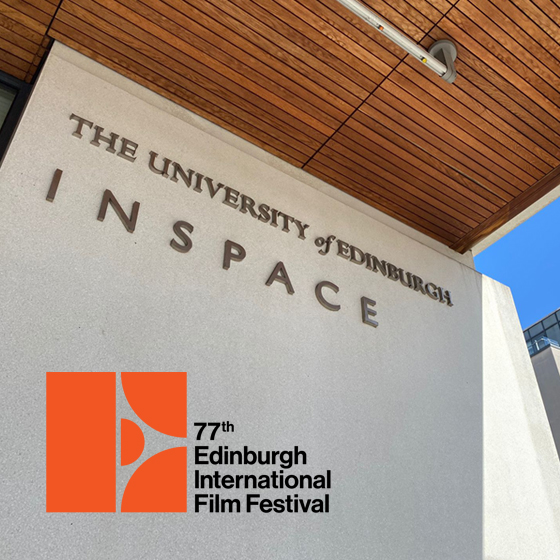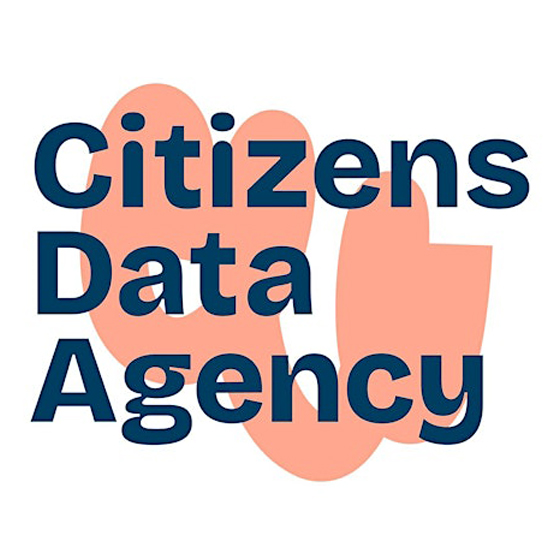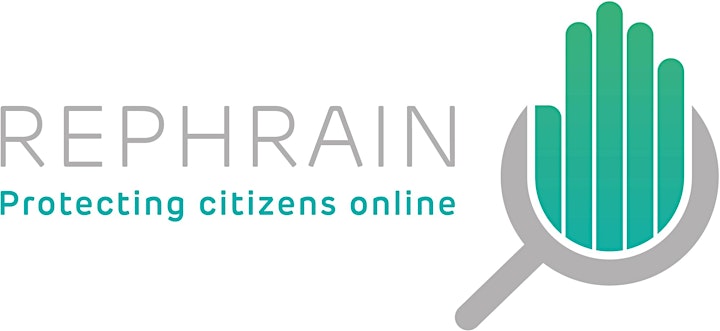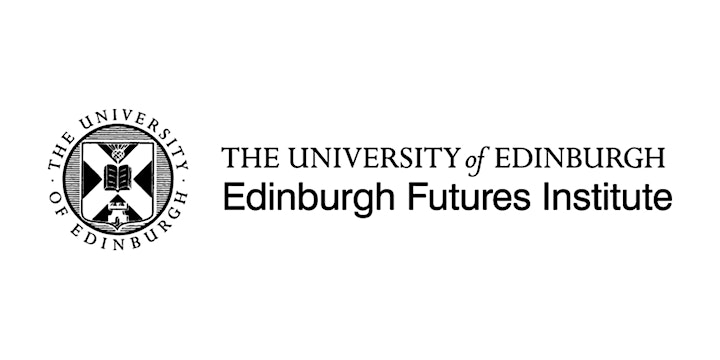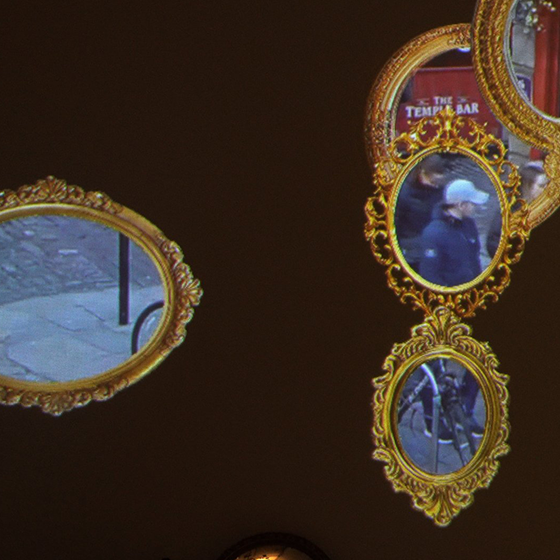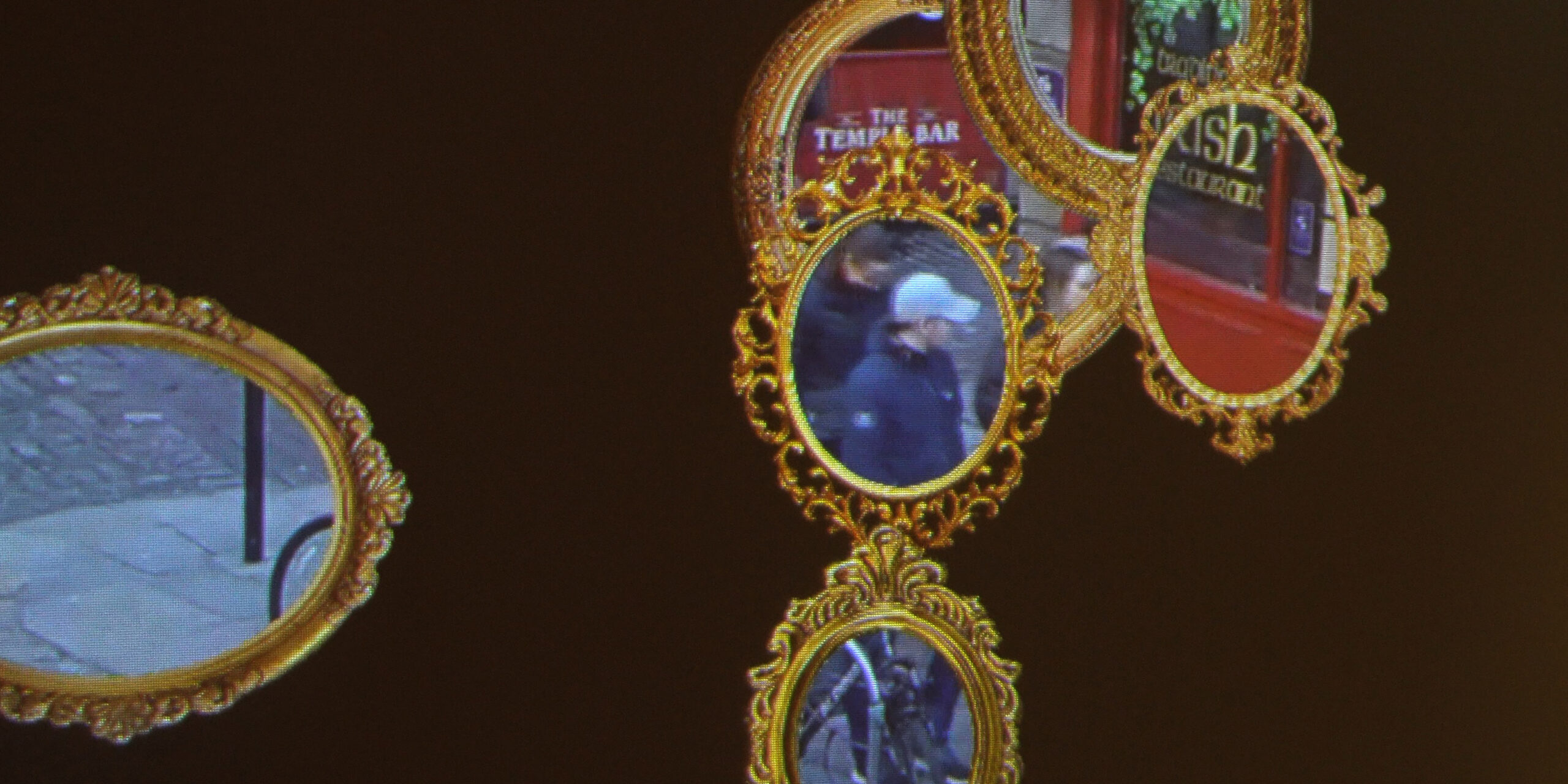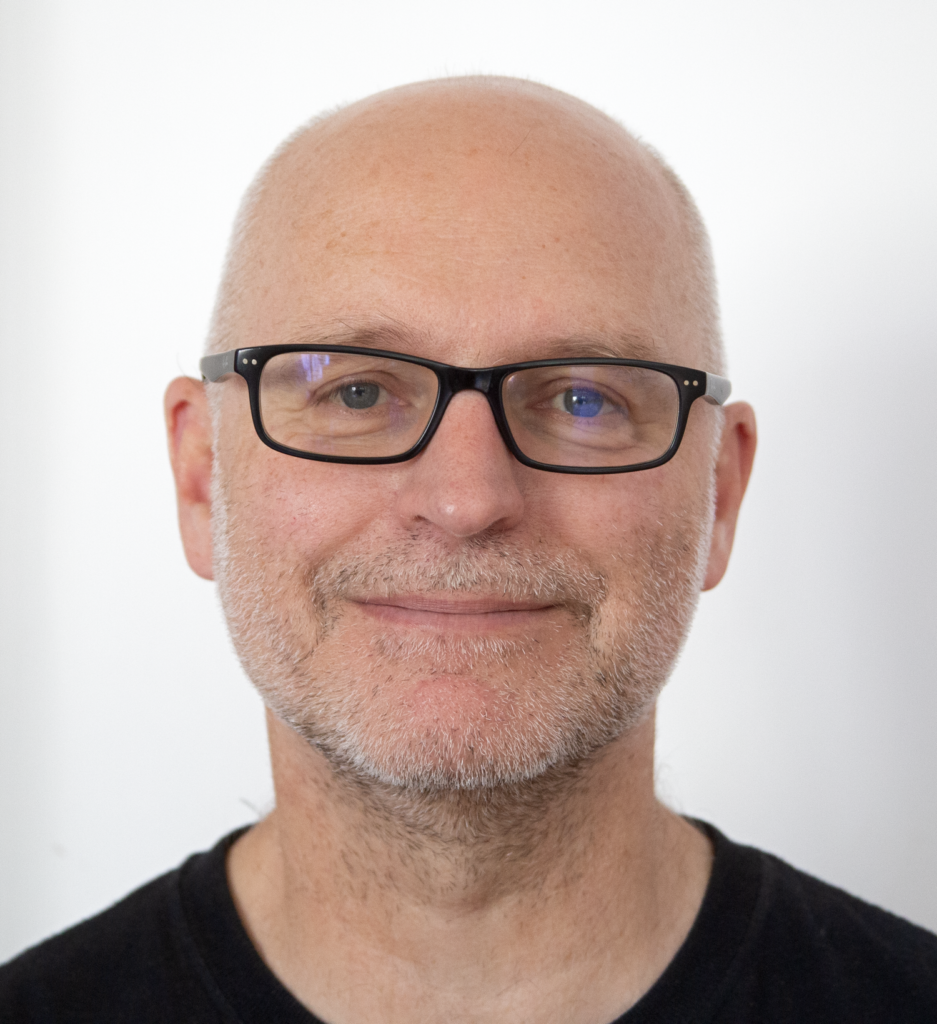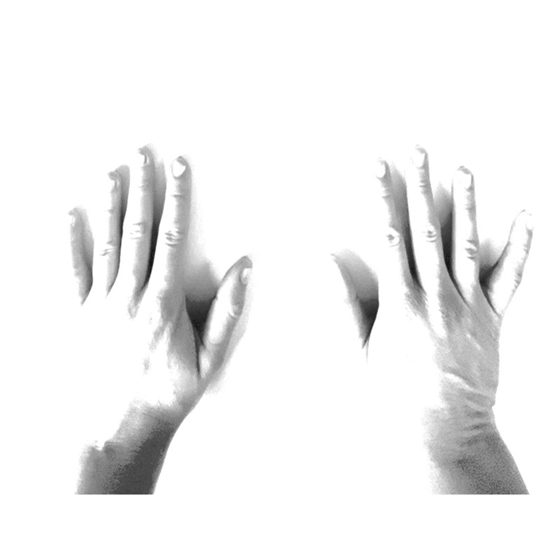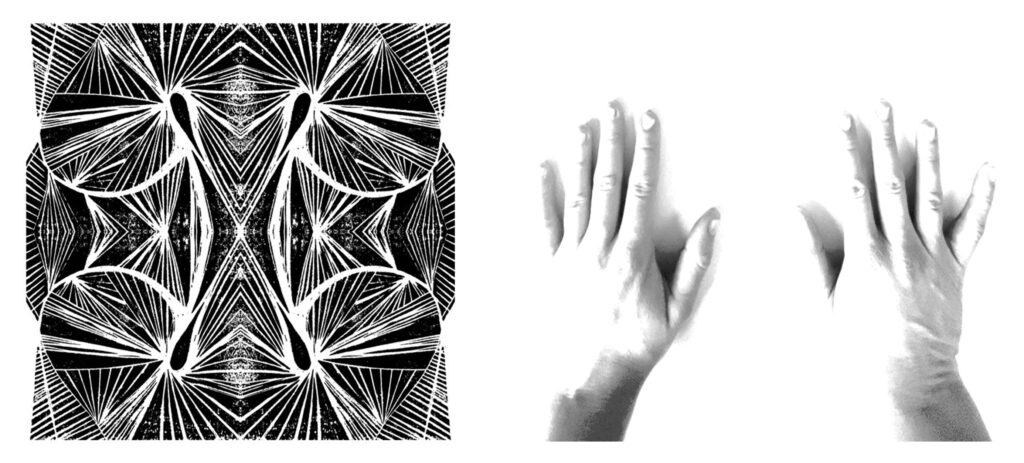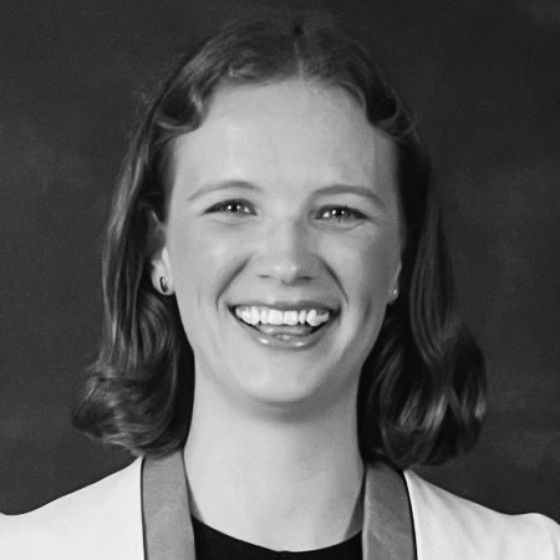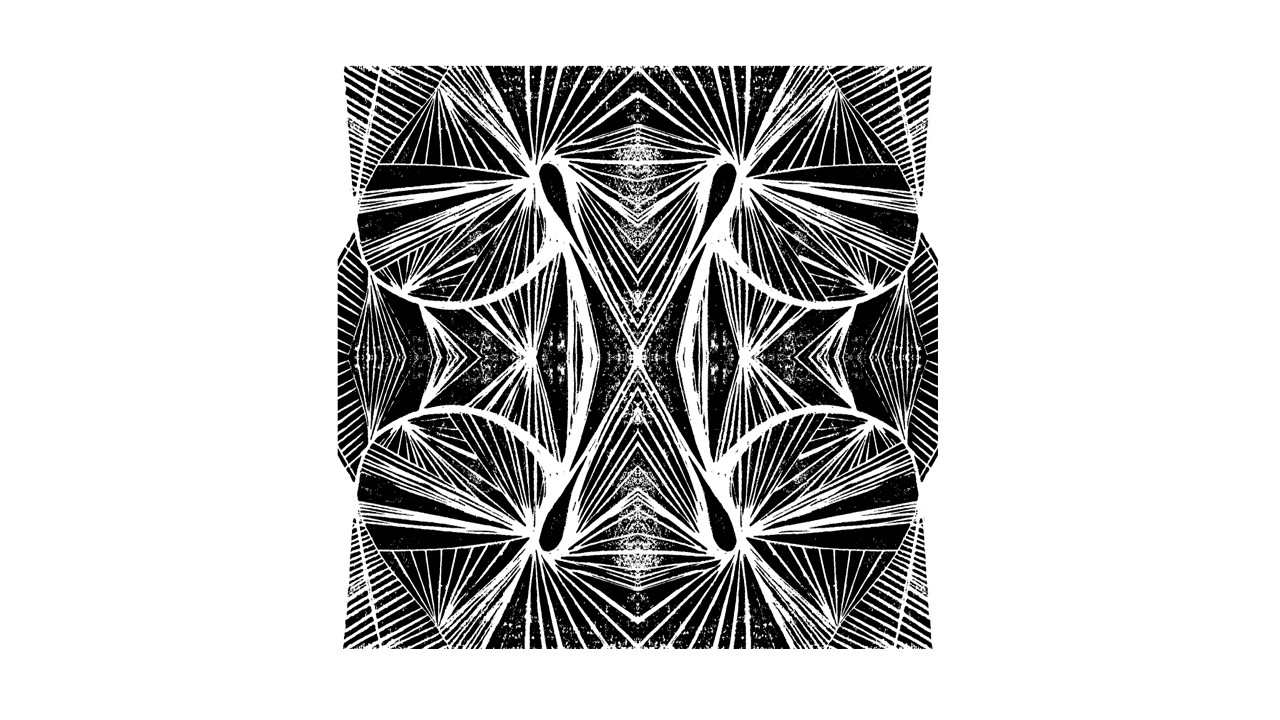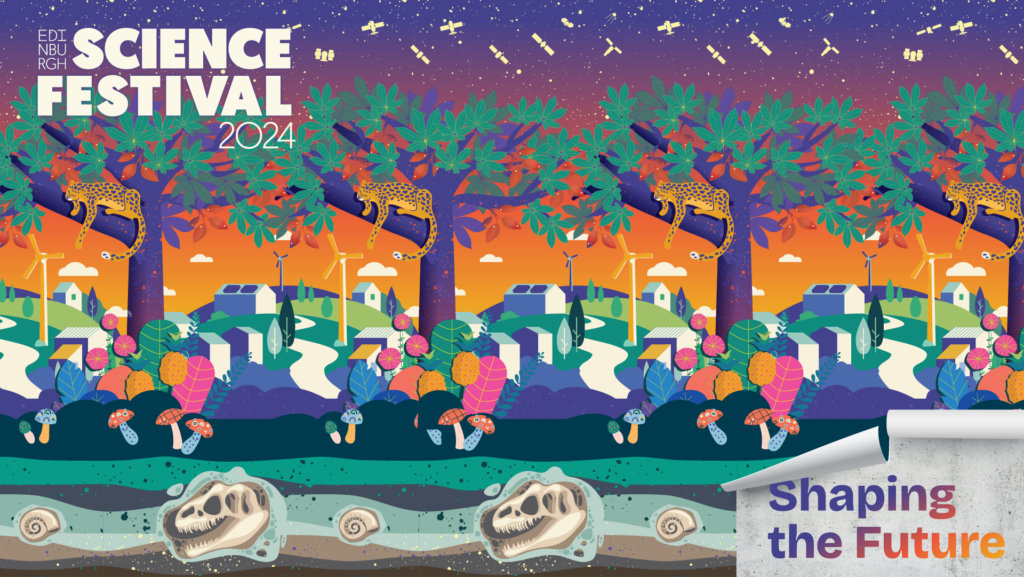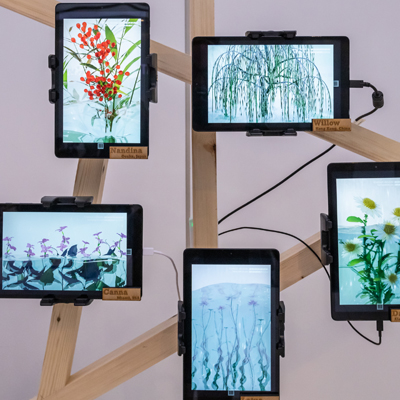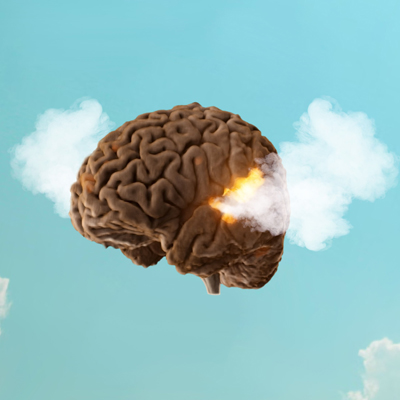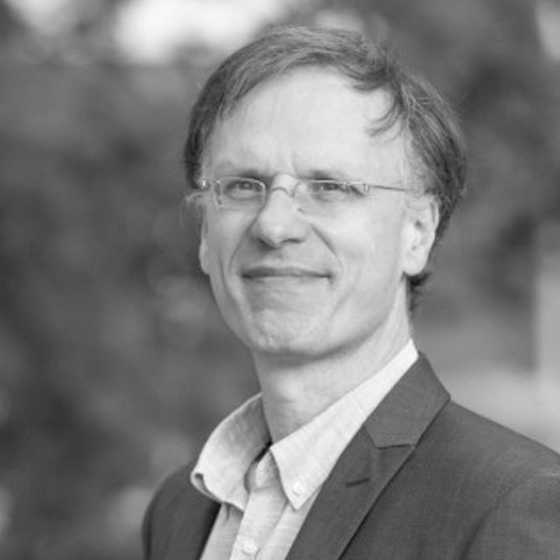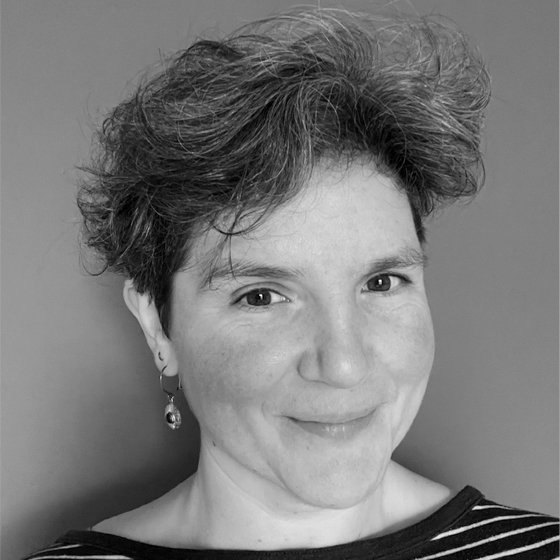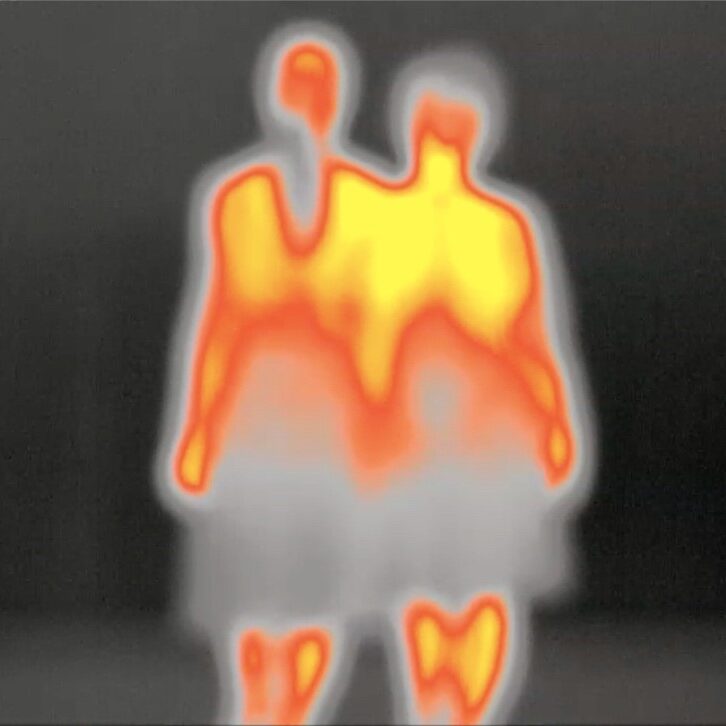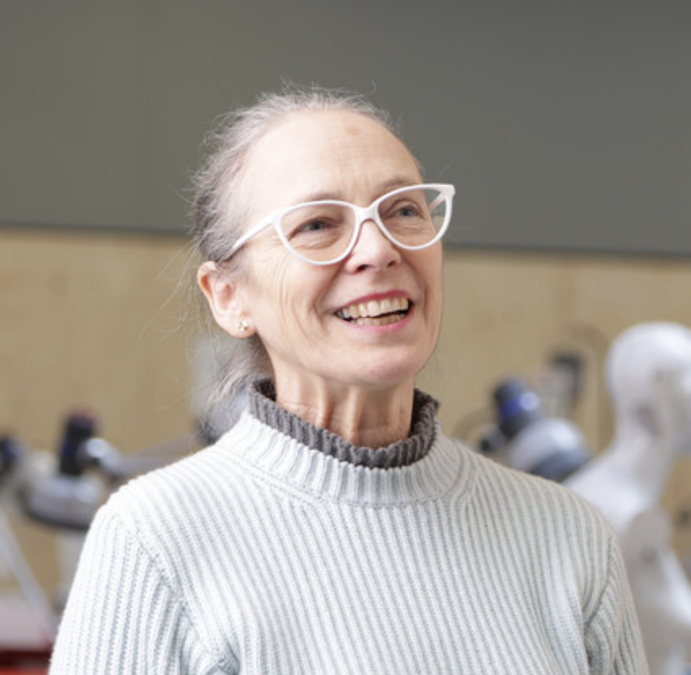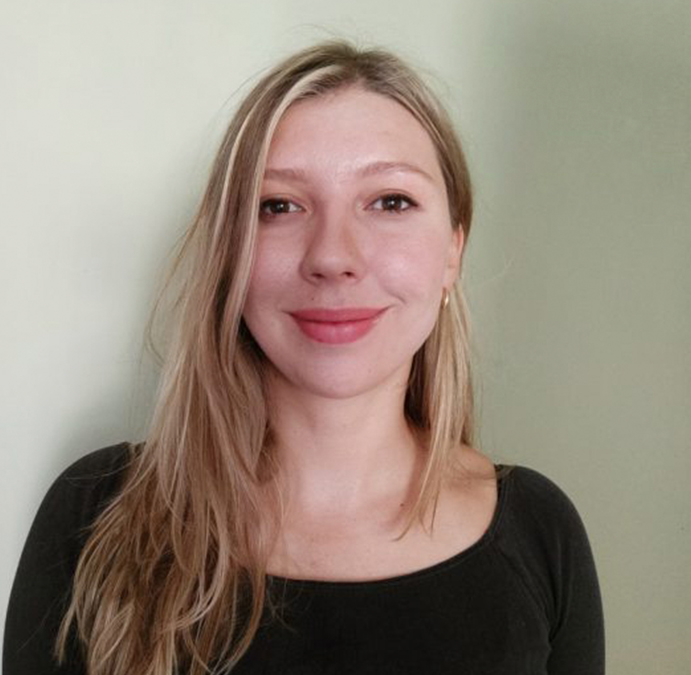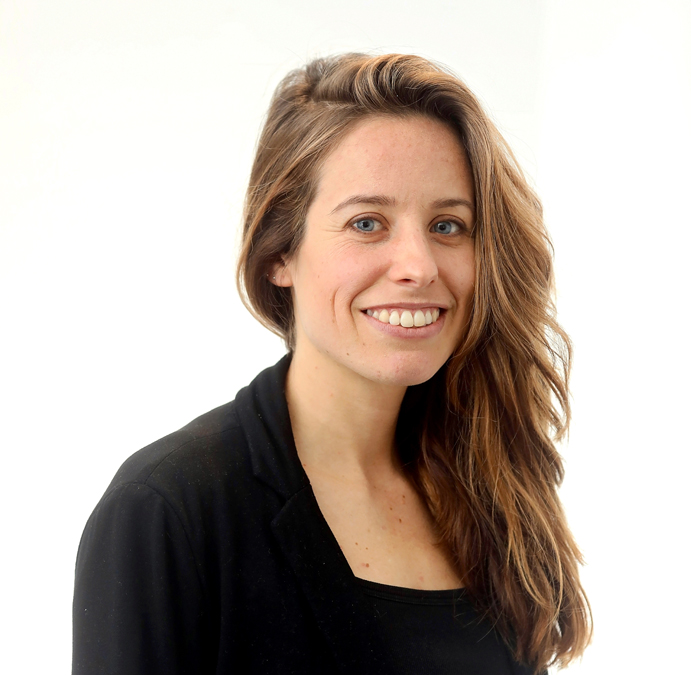Where world-leading research, innovation and creativity meet

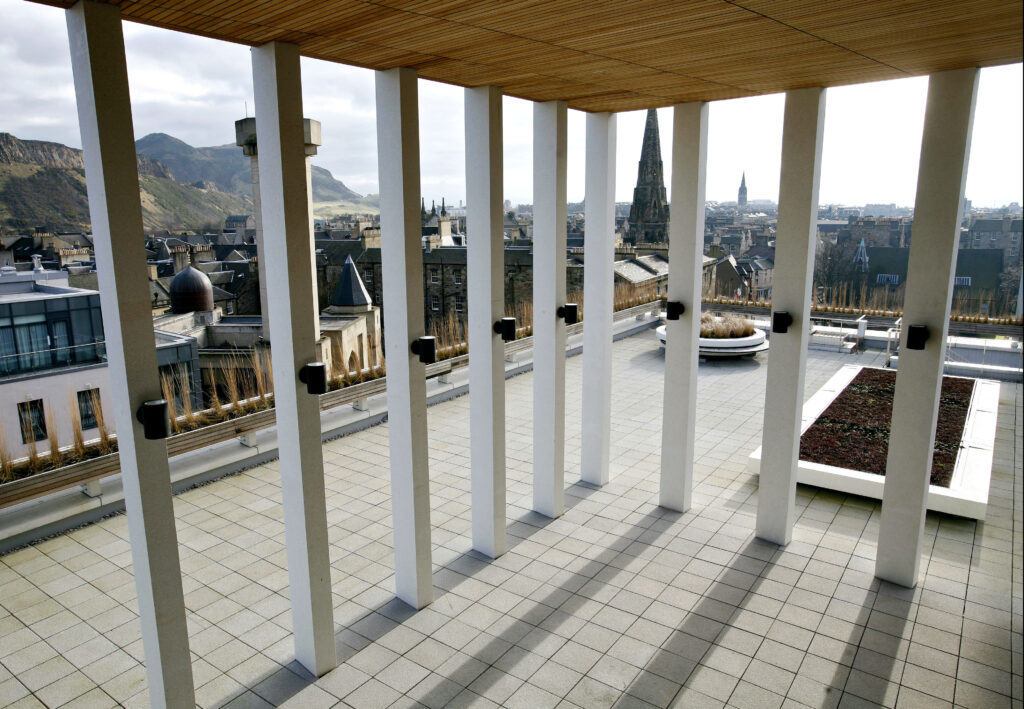
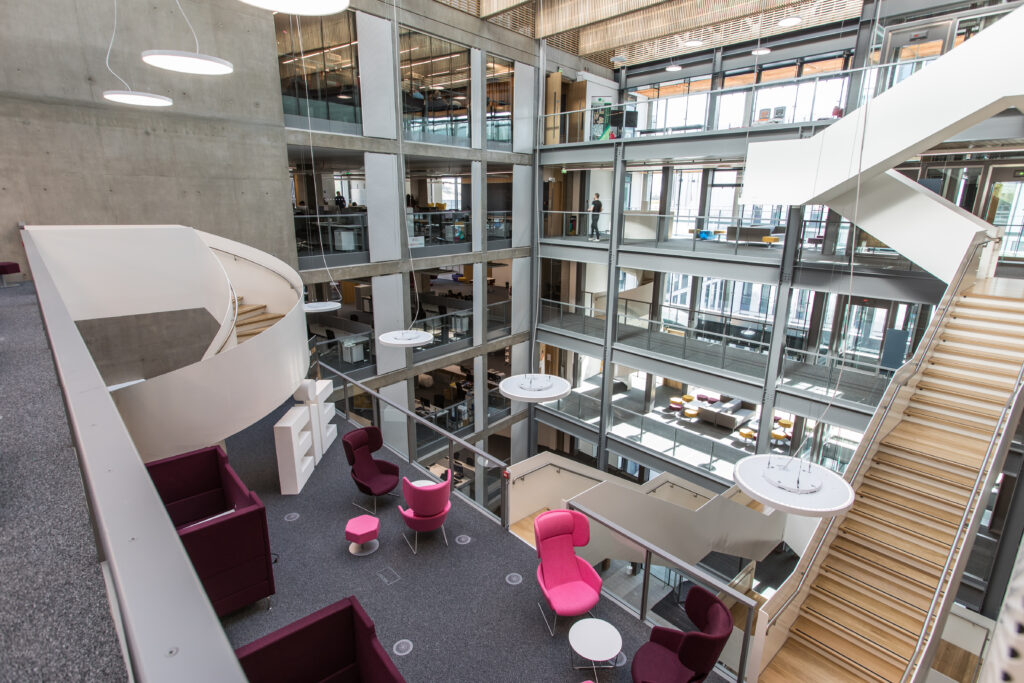
Discover the intersection of research, innovation, creativity and stunning views at the University of Edinburgh on Doors Open Day!
We invite you to experience the ground floor of the breath-taking Informatics Forum. Take advantage of exclusive guided tours that include a visit to the scenic roof terrace—an absolute must-see for photographers and enthusiasts alike! After soaking in the views, continue on the tour through the terrace link for an exclusive peek into the Bayes Centre tours including their robotics lab interactive touchscreen display. Then wrap up your visit venturing along to Inspace, Design Informatics studio and workshop facilities, to explore this high-tech venue, and glimpse behind the scenes at the ways researchers and students are thinking about the future and combining the fields of art, design, data science and technology.
Event details
Date: Sunday 29th September 2024
Time: 10:00 – 15:00
Locations: Informatics Forum, Bayes Centre, Inspace, Design Informatics Studio and Workshop
Exhibitors
As part of Doors Open Day 2024, Inspace will present a selection of research projects, ORAgen Fables, Citizen Data Agency, AI for the Street… on the Street and more. These pop-ups explore themes relating to data and artificial intelligence (AI), such as digital authorship and rights, data protection and privacy through the voice of marginalized groups and reflections on the potential societal impacts of AI. These exhibits are all excerpts of current research being explored by researchers at the Institute for Design Informatics.
Tours
First tour 10.15 am
Last tour 1.15 pm
Tours begin every 45 minutes
Schedule:
- 10:15 [Informatics & Bayes] / 10:55 [Inspace]
- 11:00 [Informatics & Bayes] / 11:40 [Inspace]
- 11:45 [Informatics & Bayes] / 12:25 [Inspace]
- 12:30 [Informatics & Bayes] / 13:10 [Inspace]
- 13:15 [Informatics & Bayes] / 13:55 [Inspace]
The loop takes an hour. Booking tickets using the link below
Booking will open on 8th September 24
Route: Starts at the main entrance to the Informatics Forum Early attendees gather in the Atrium (science/history stations TBC) Attendees follow student ambassador guides upstairs to level 4. A quick history of the Forum on the way. Time to take photos on the Roof Terrace. Attendees are taken to the Bayes Centre via the link on the roof. They are taken downstairs and provided a quick history of the Centre before arriving in the Atrium with the robotics lab. Attendees are taken for a Tour of Inspace, the Design Informatics studio and workshop. Attendees are welcome to stay in Inspace to view pop-up displays.
Venue Information
Inspace
Inspace is part of the Institute for Design Informatics and is a collaborative hub, commissioning and producing creative activity. Our public programme connects data, research and creative talent.
In the Institute for Design Informatics, we fuse design and creative methodologies with data, data science, data-driven technologies and ethical AI. We create prototypes and experiences that make real to people the ideas that underpin the data society, and aim to ensure that new technologies sustain and enhance human values.
Informatics Forum
Did you know the Informatics Forum boasts a roof terrace offering panoramic views of the iconic Arthur’s Seat?
The University’s history in pioneering artificial intelligence and computer science research dates back to 1963 with the establishment of dedicated research groups and has grown to a vibrant hub of activity within the state-of-the-art Informatics Forum and the adjacent Bayes Centre and Inspace.
Opened in September 2008 the Informatics Forum, designed as a ‘Forum for Interaction’, is now home to the School of Informatics, providing space for over 500 scientists pursuing research in fields such as computer science, artificial intelligence, and cognitive science.
Bayes Centre
The Bayes Centre is the University of Edinburgh’s Innovation Hub for Data Science and Artificial Intelligence rooted firmly within the College of Science and Engineering’s domain of mathematical, computational, engineering, and natural sciences. Located on Potterrow, the £45 million Bayes Centre building, designed by Bennetts Associates, was officially opened in October 2018. It is currently home to 400 scientists, PhD students and industry experts.
Bayes is also home to the Edinburgh Centre for Robotics’ Robotarium East, which hosts the Valkyrie robot. Standing 1.8 metres tall and weighing 125 kilograms, the Valkyrie is one of the most advanced humanoid robots in the world. Visitors are welcome to use the NASA Valkyrie interactive touchscreen experience to learn more about the robot.


